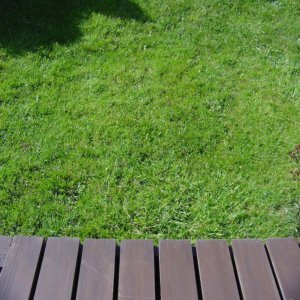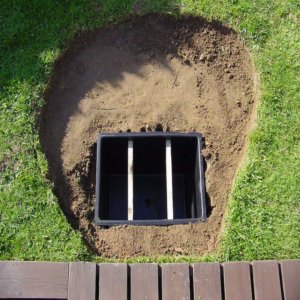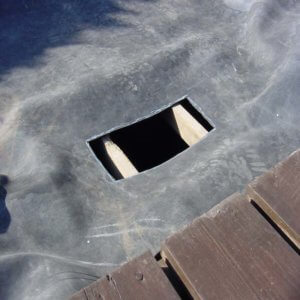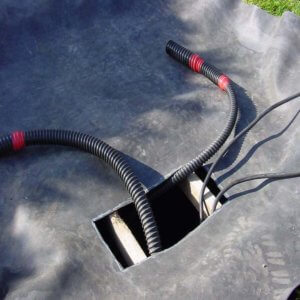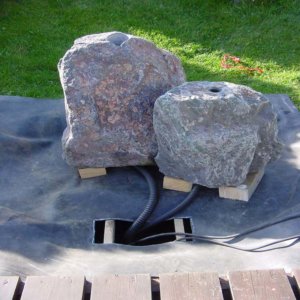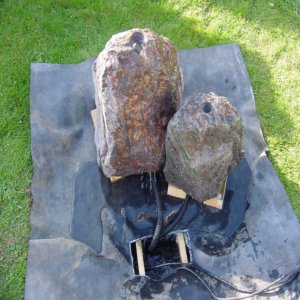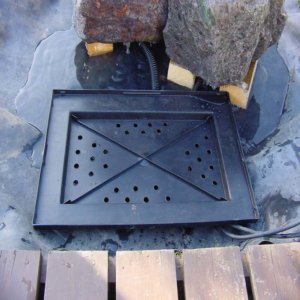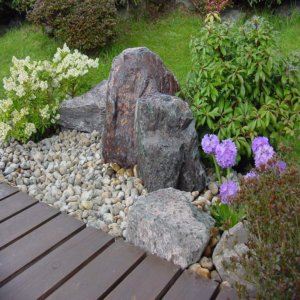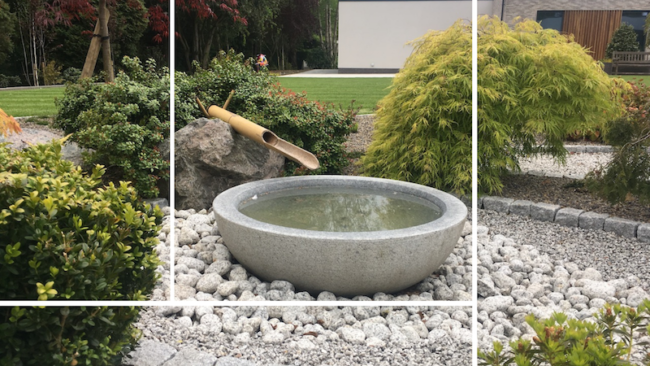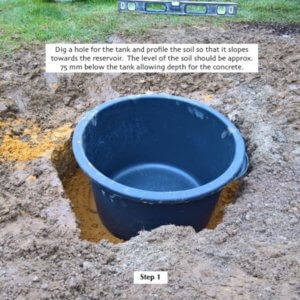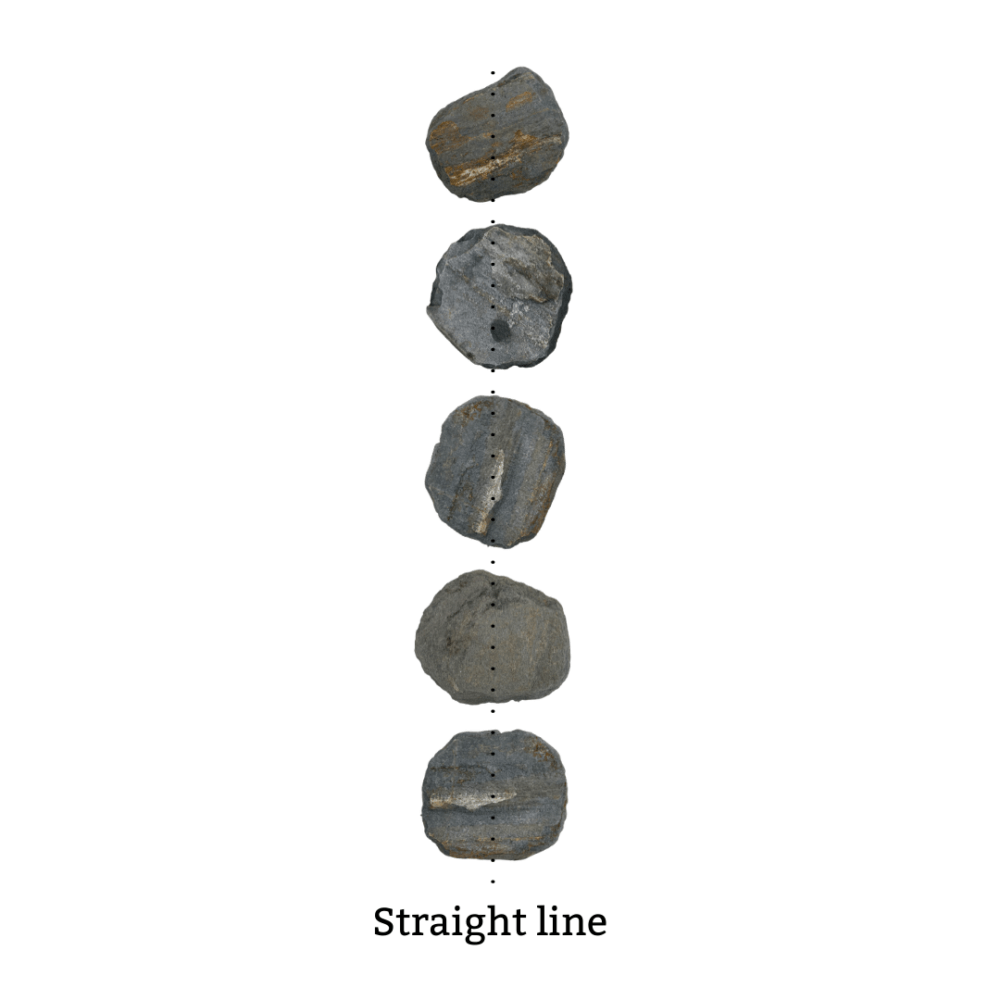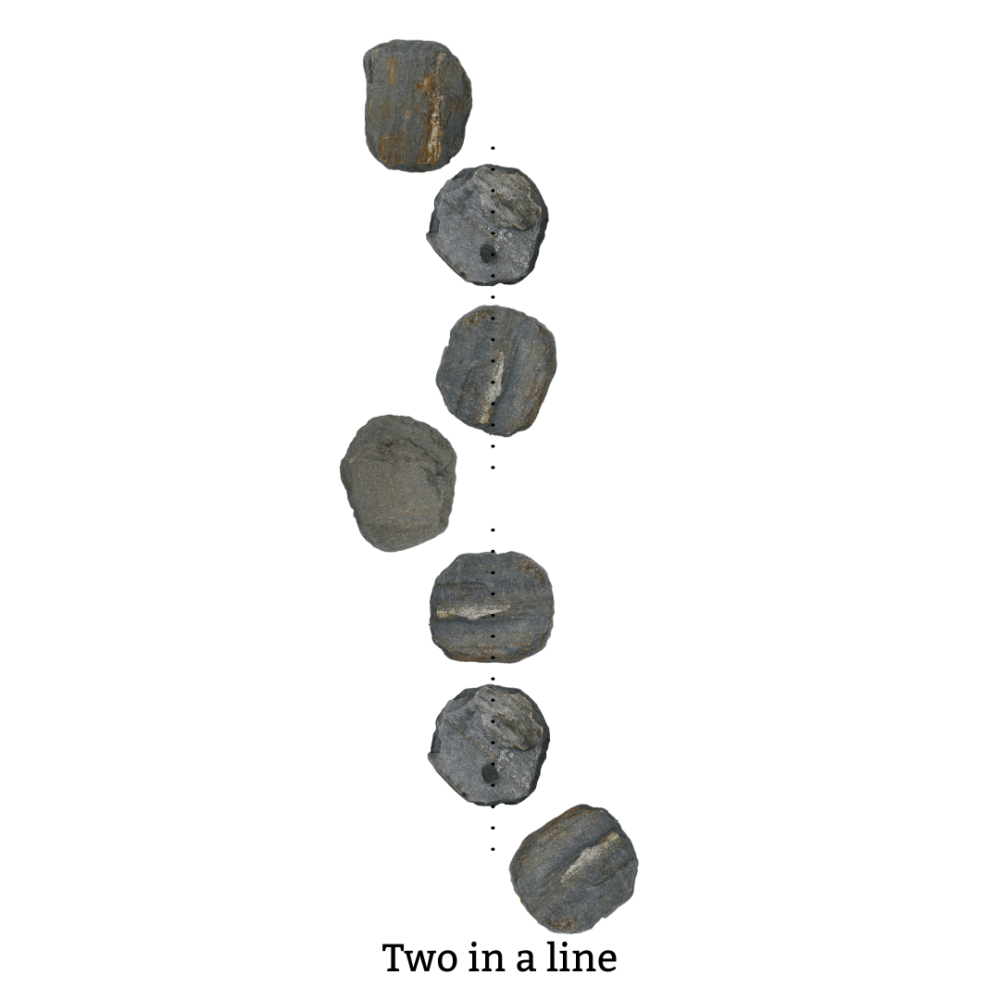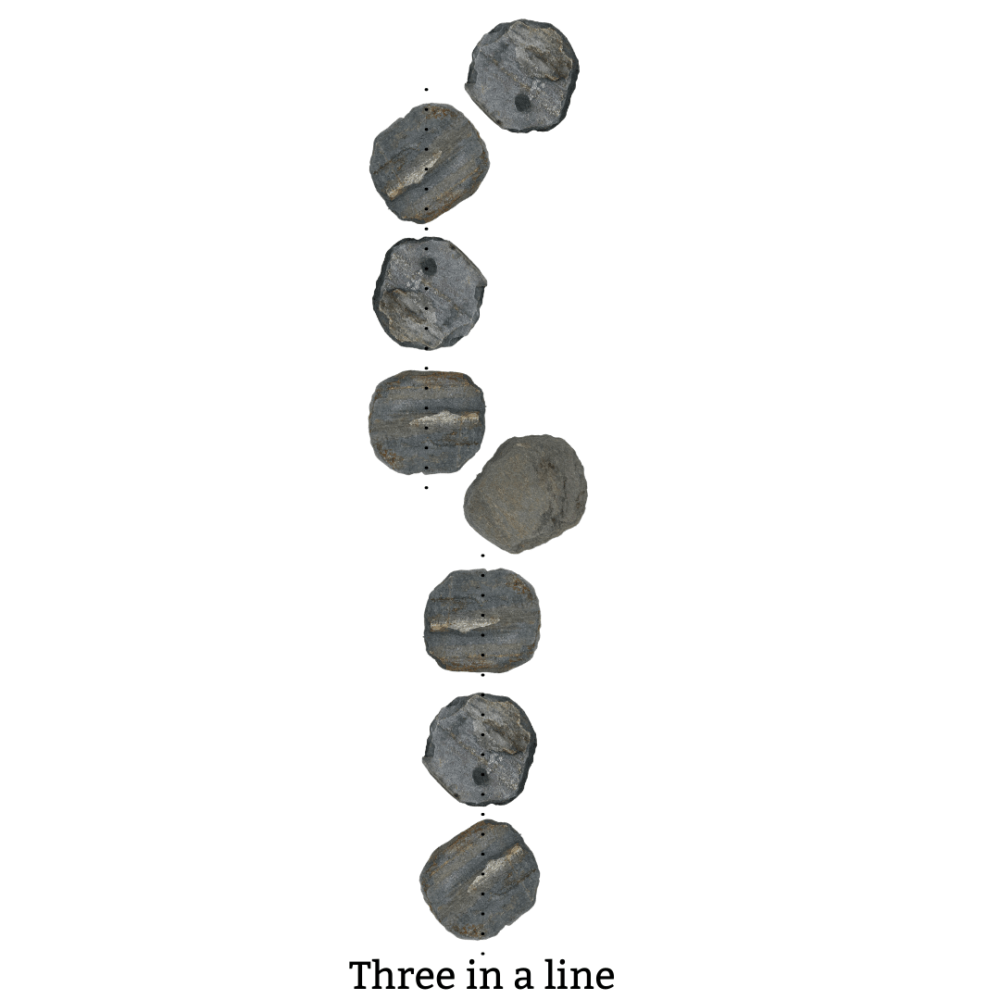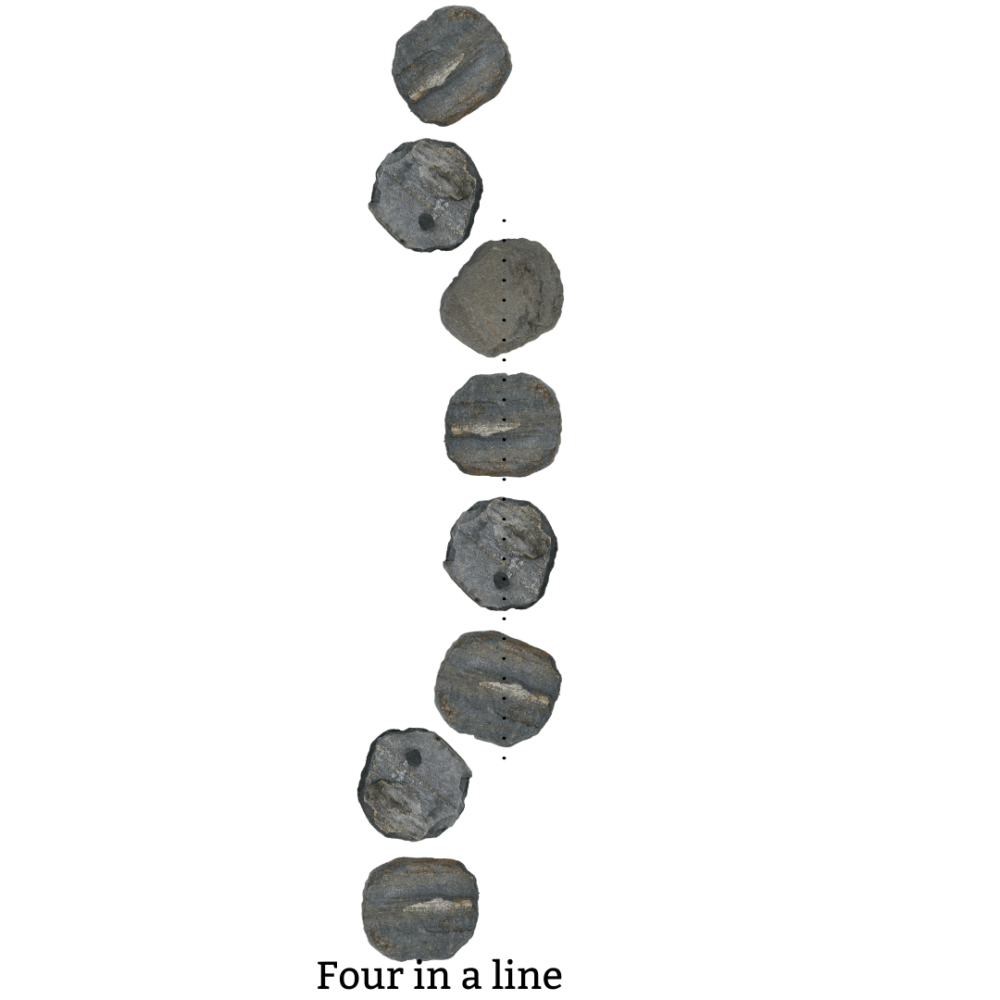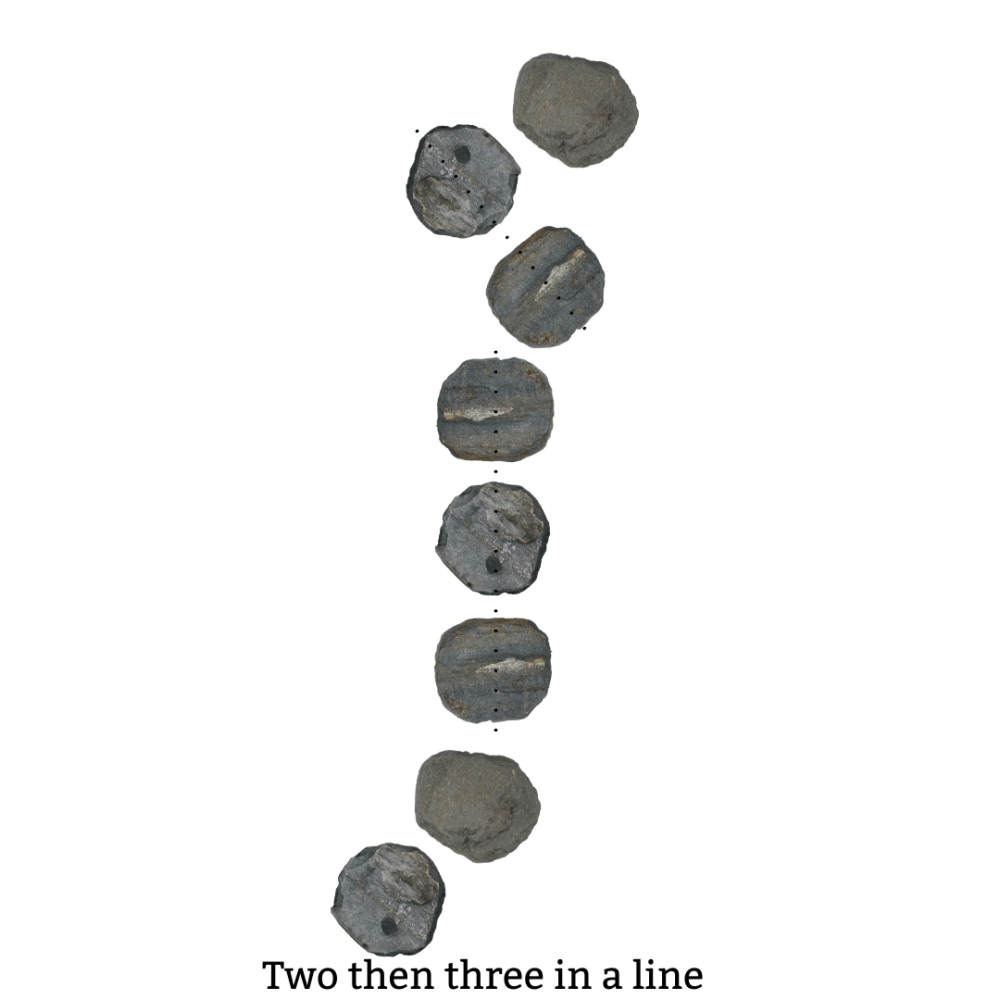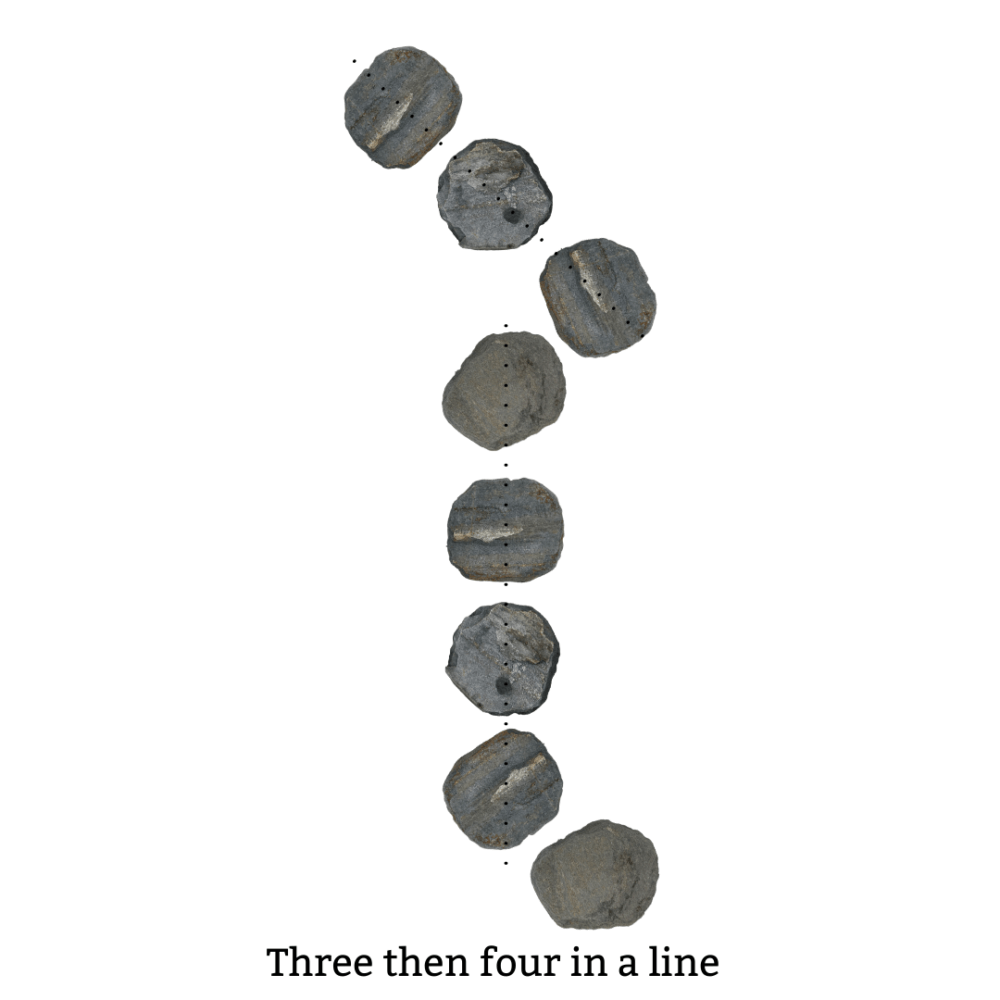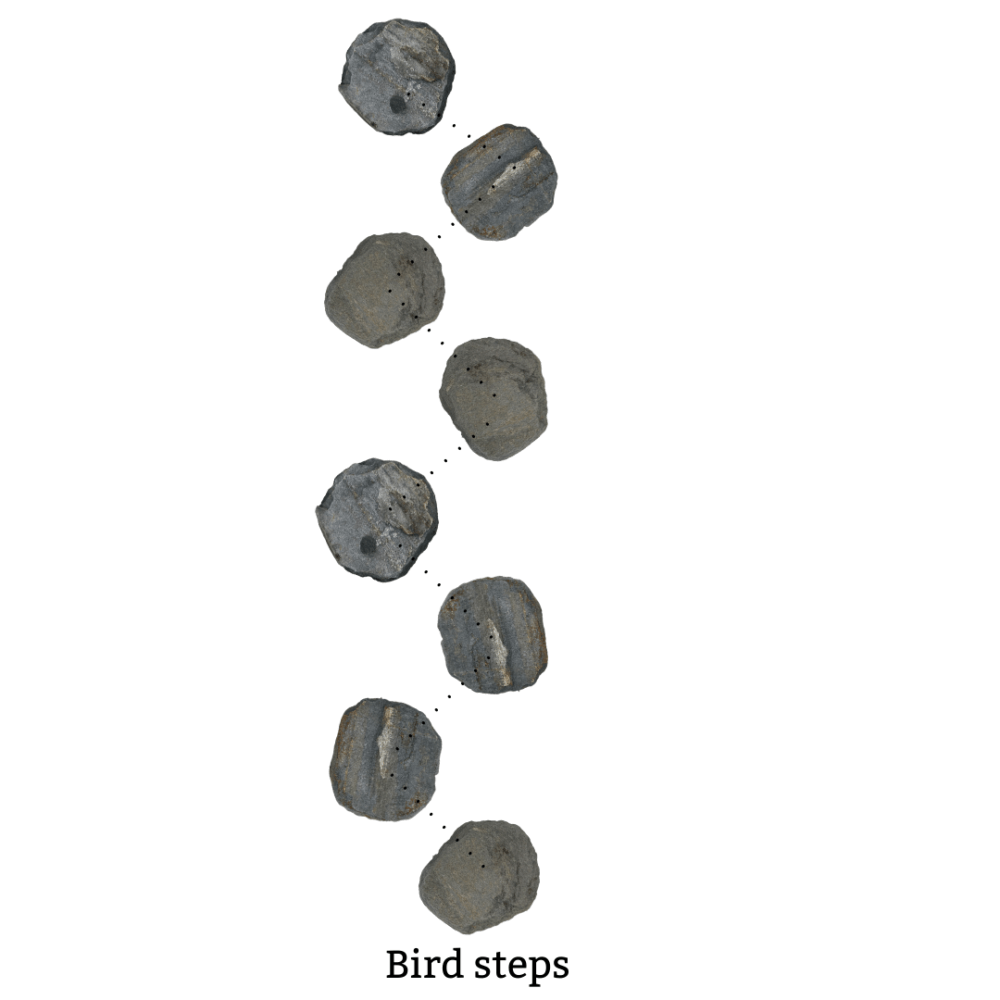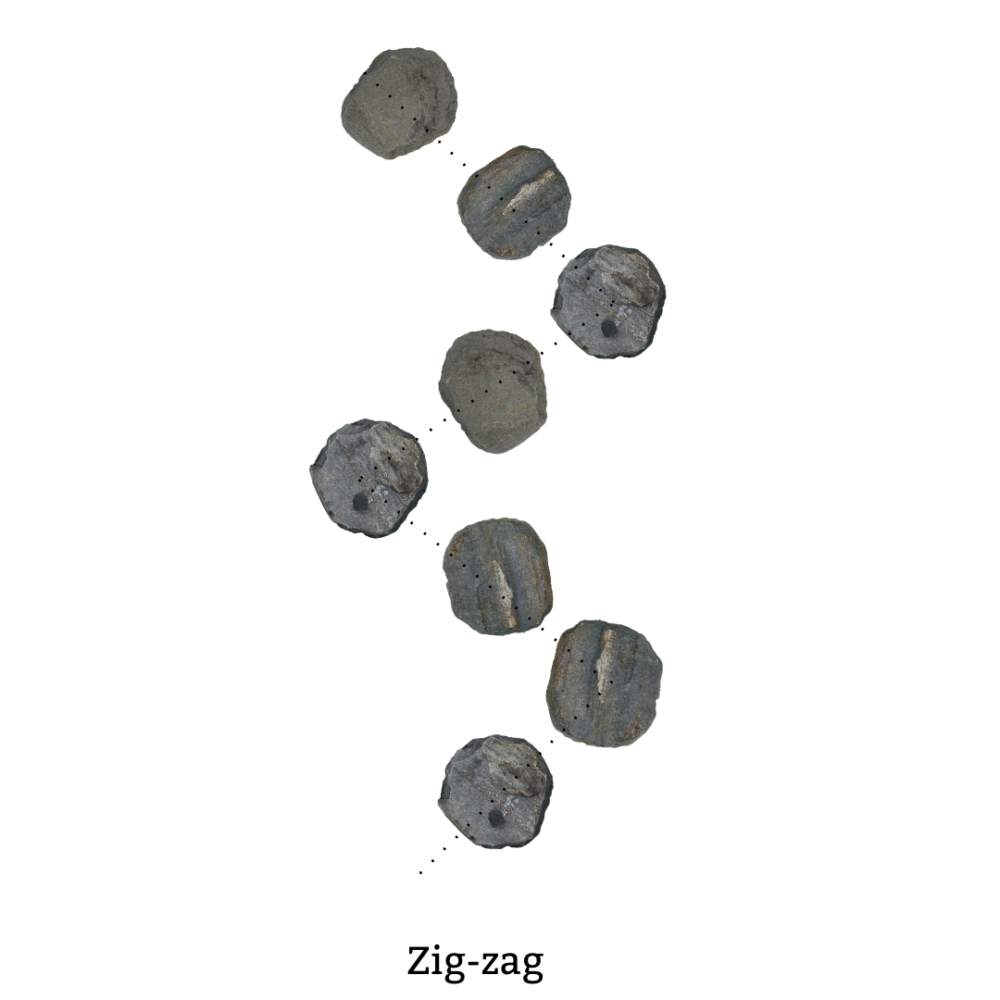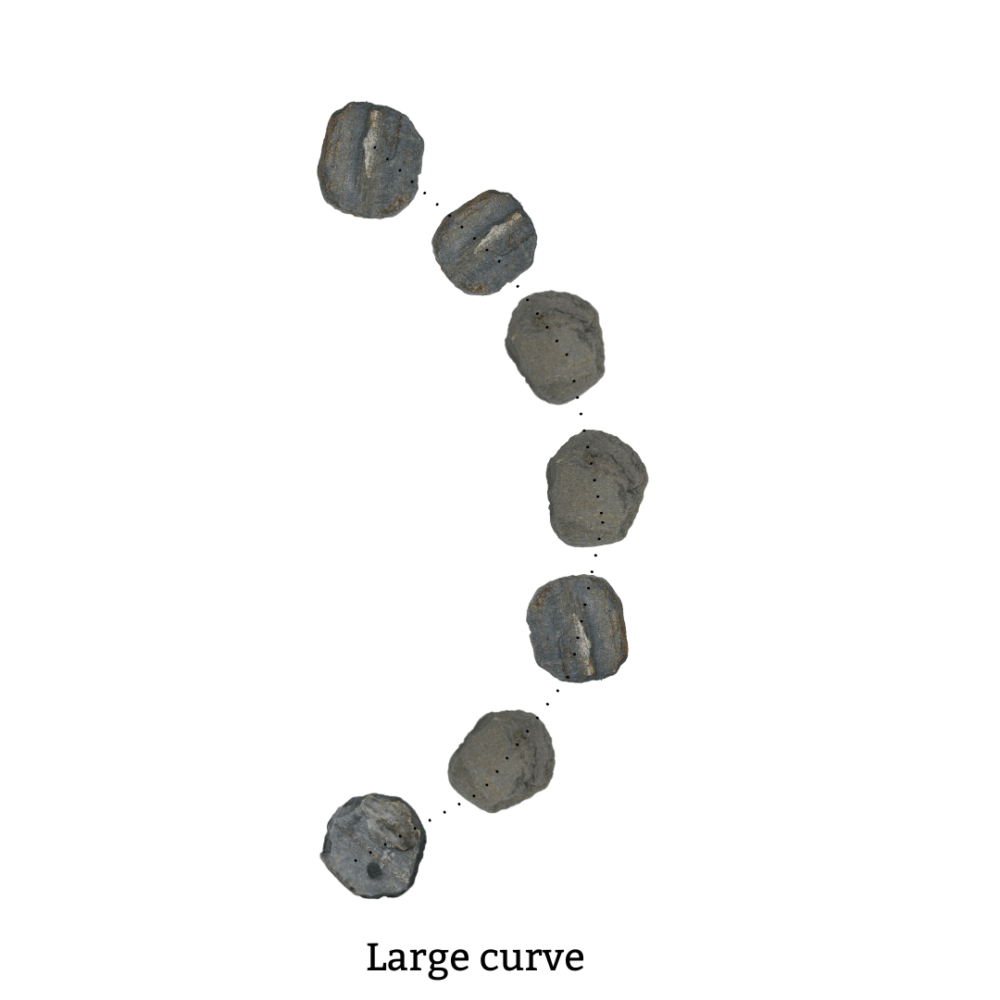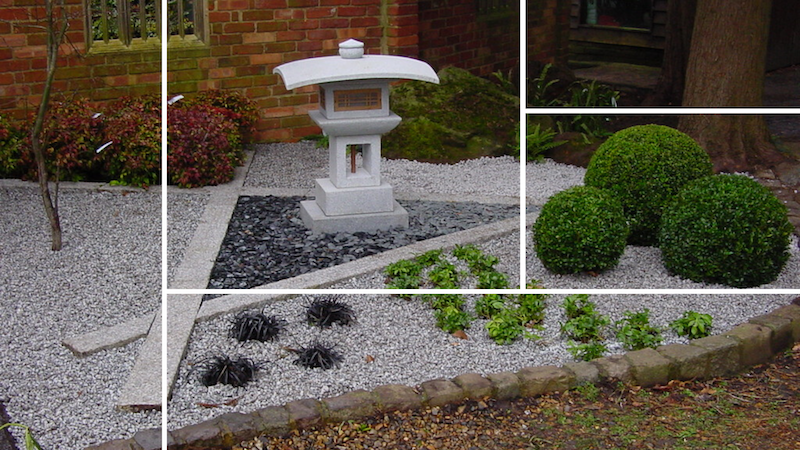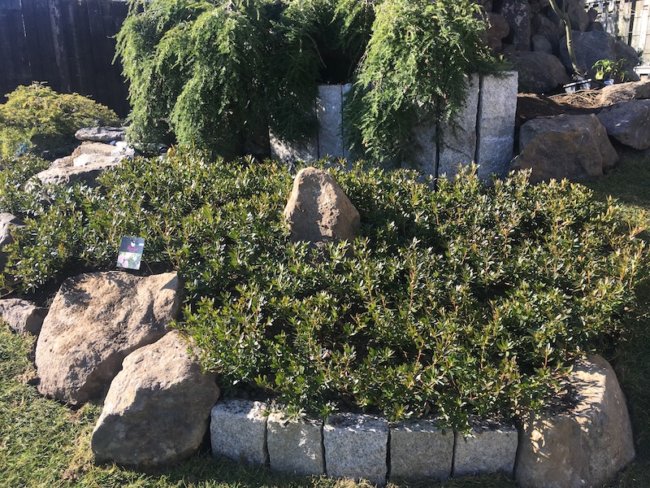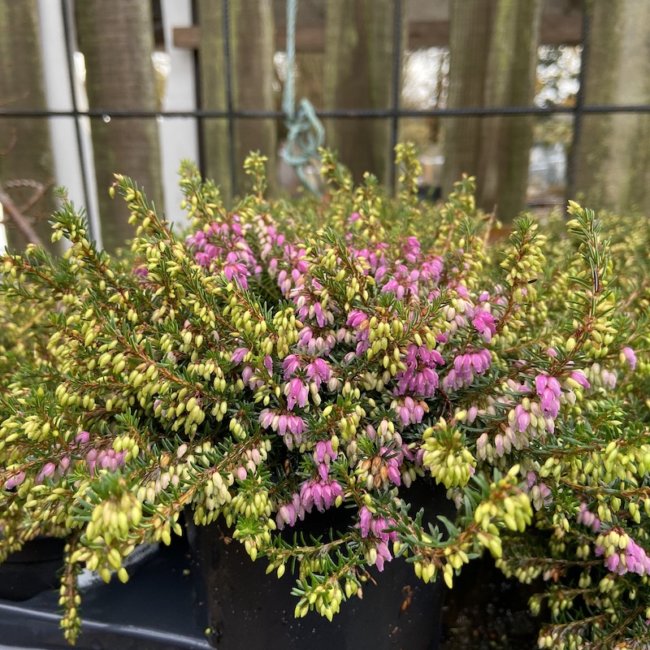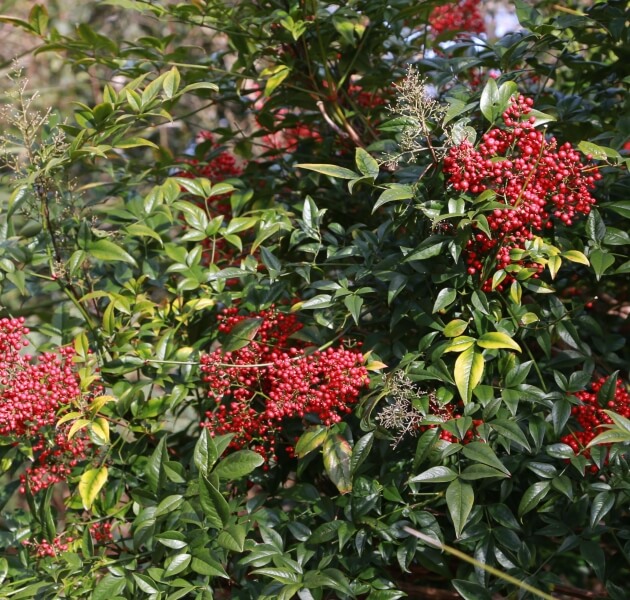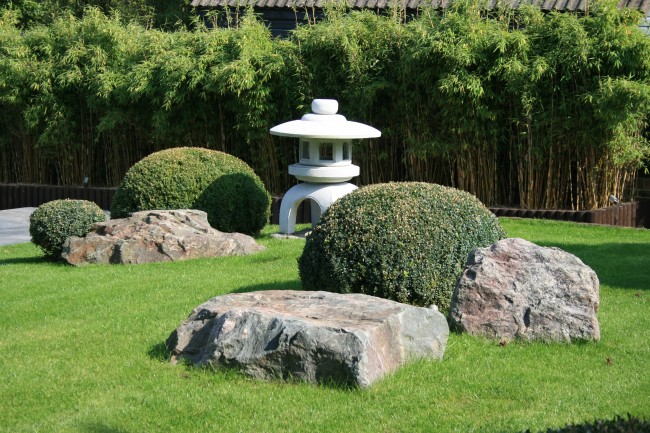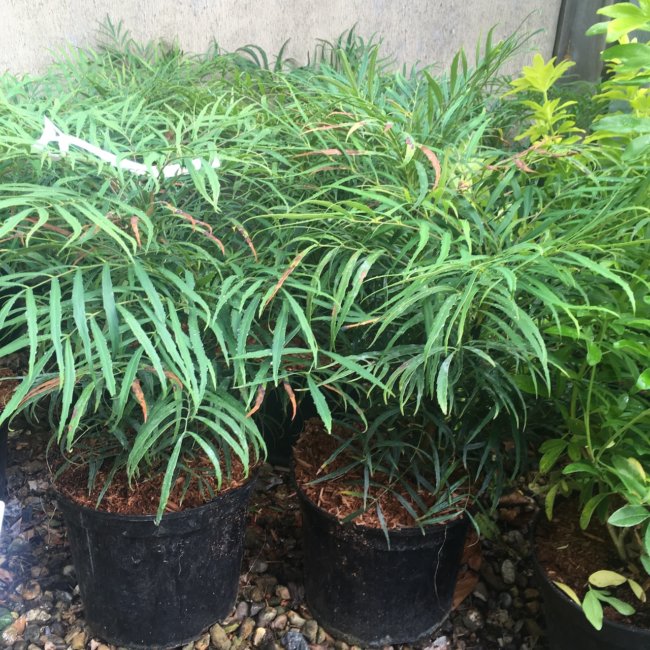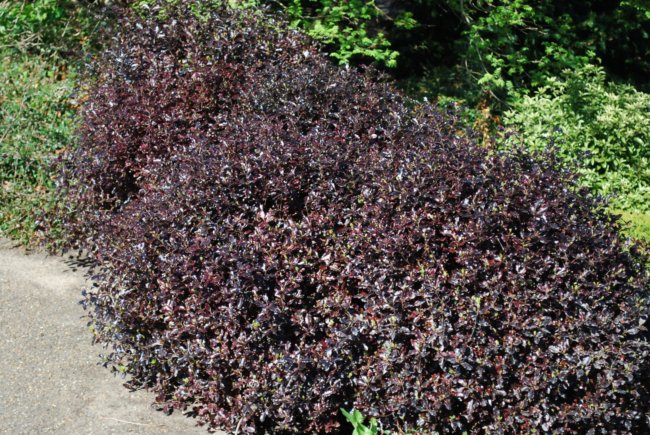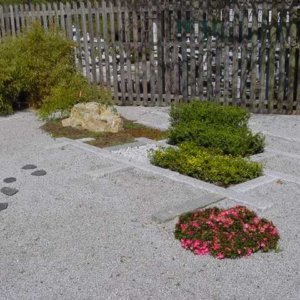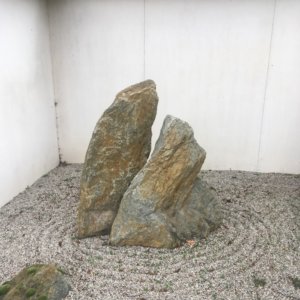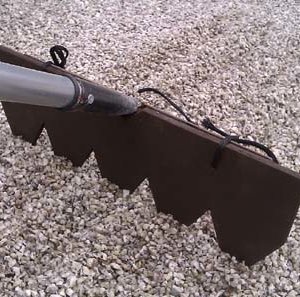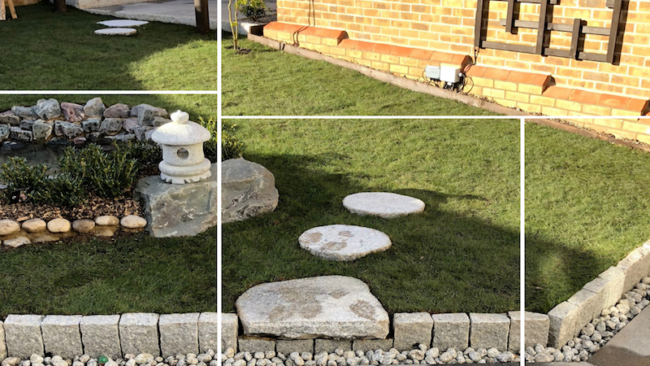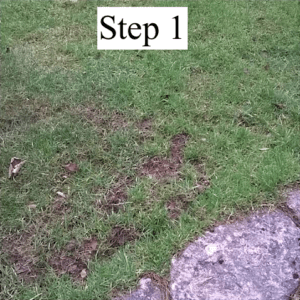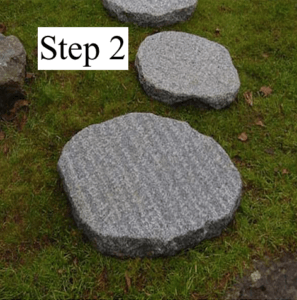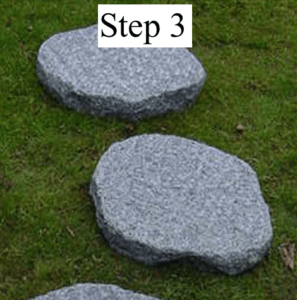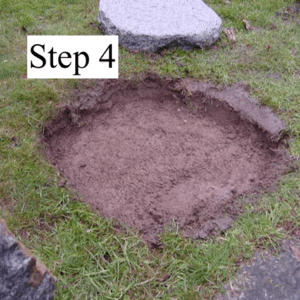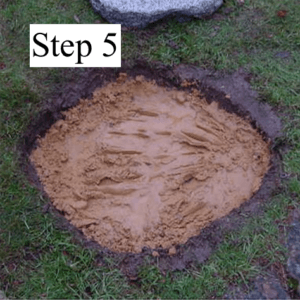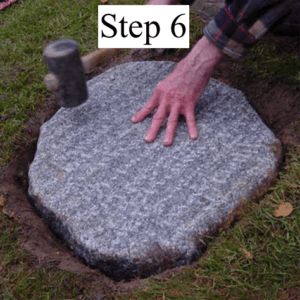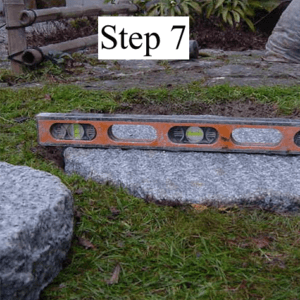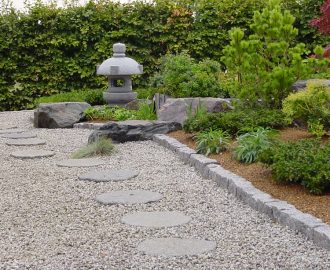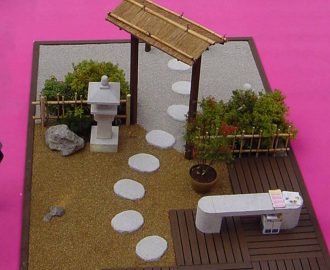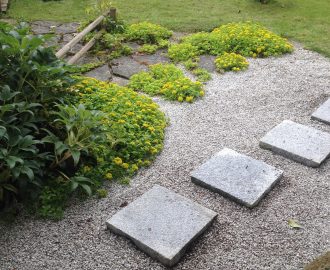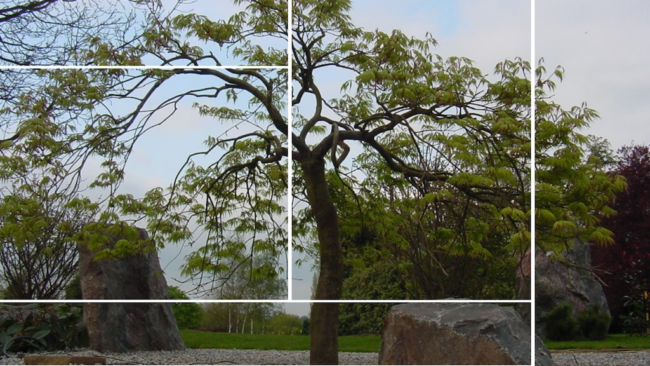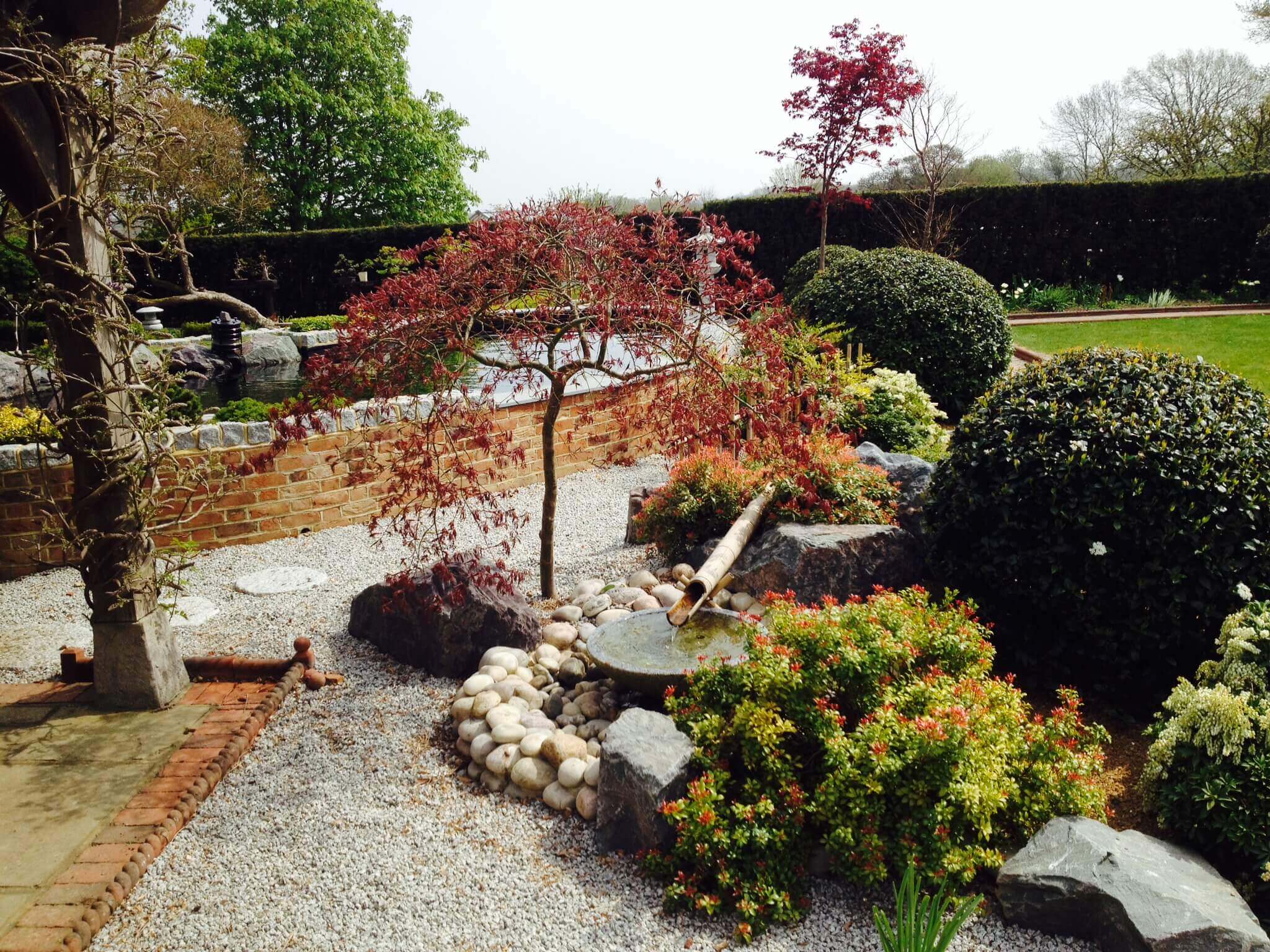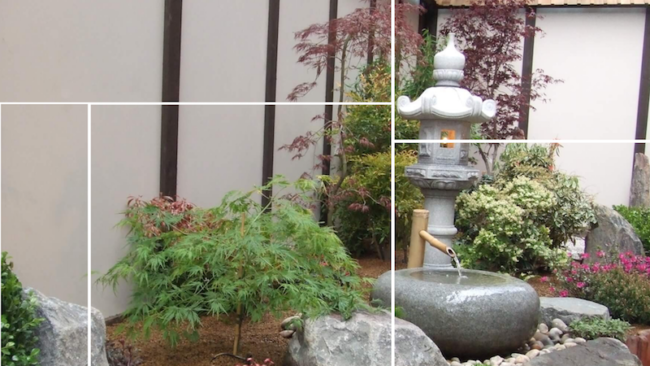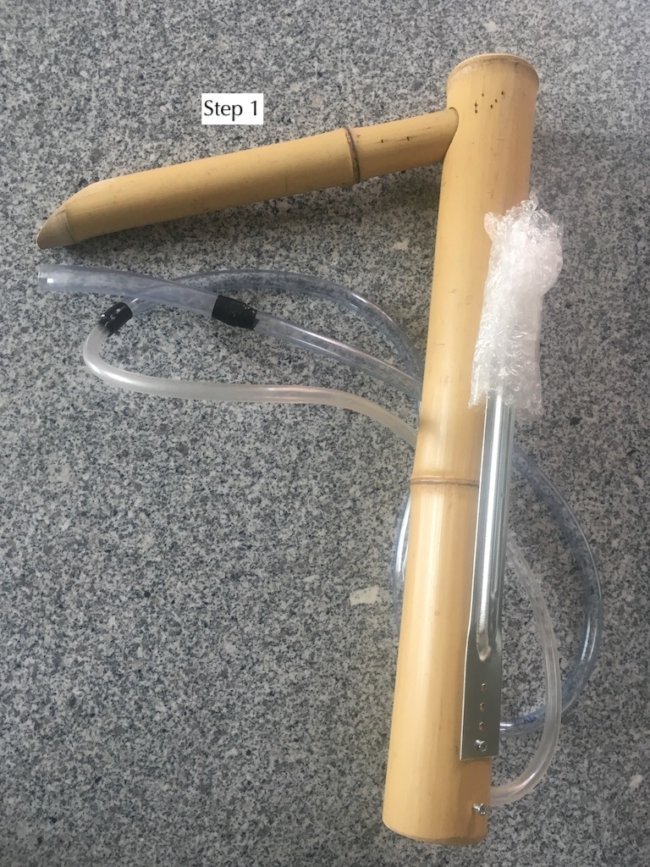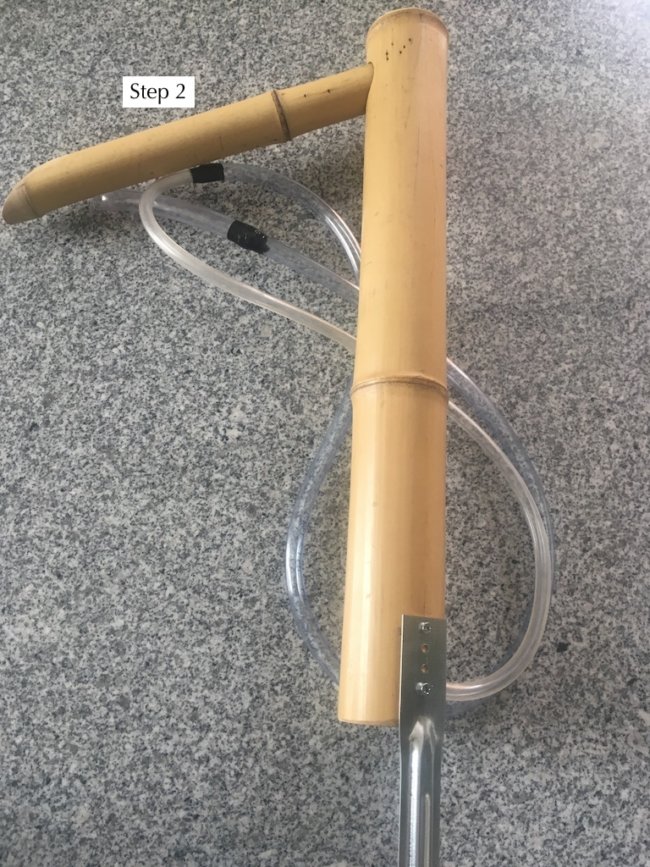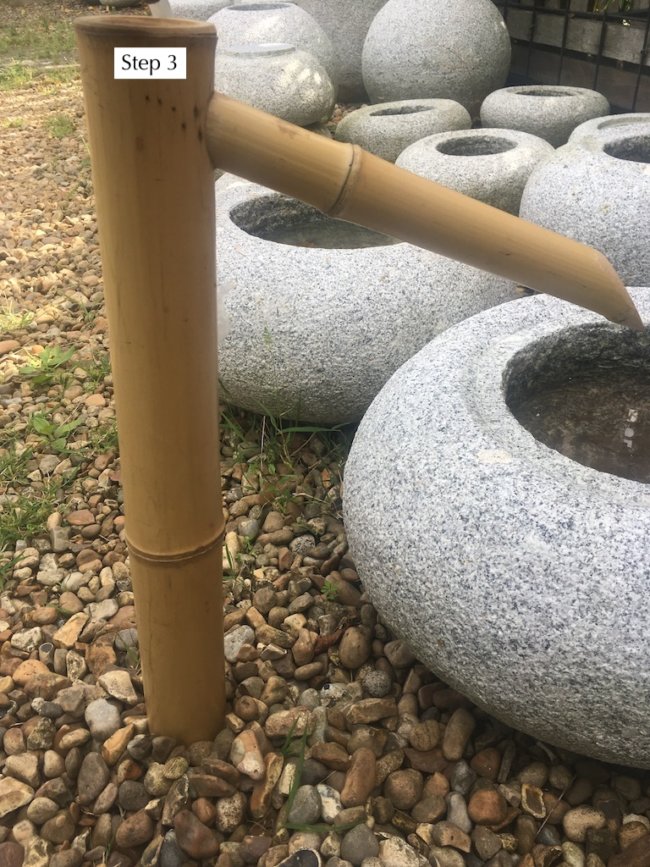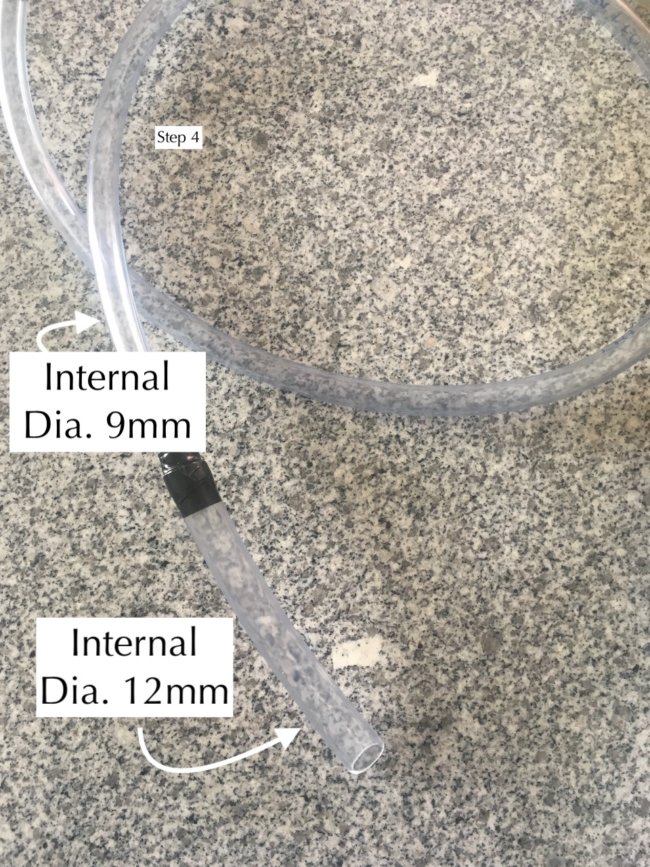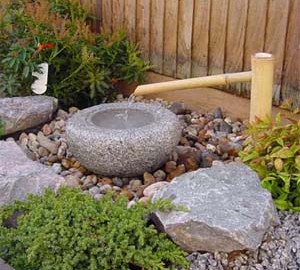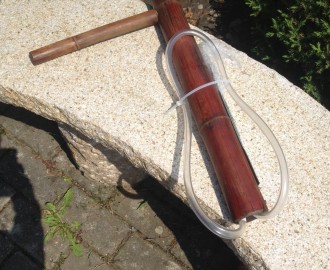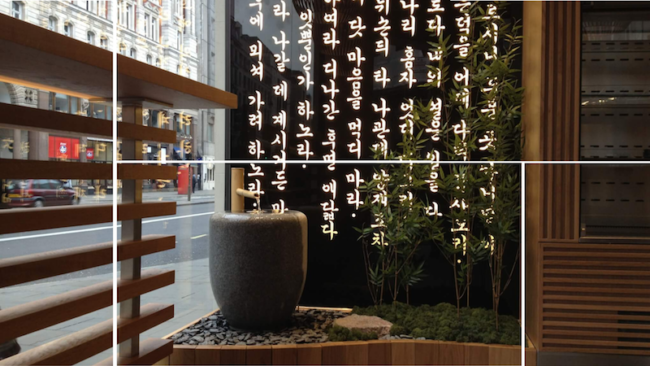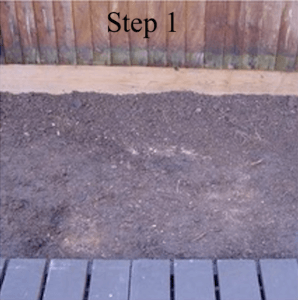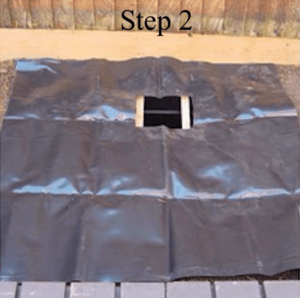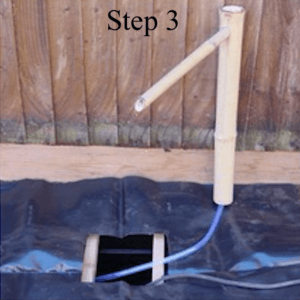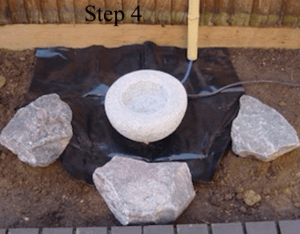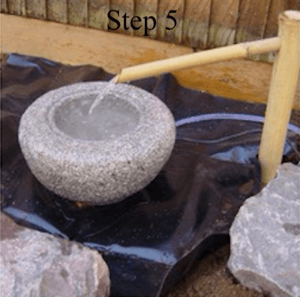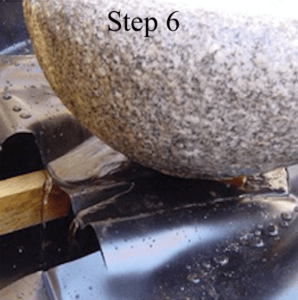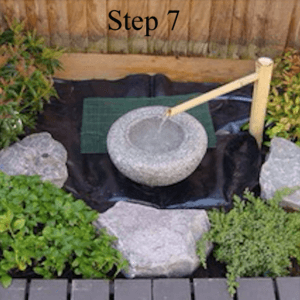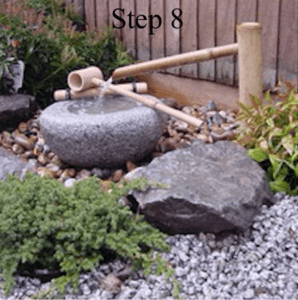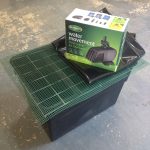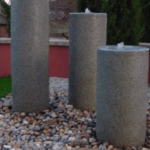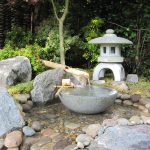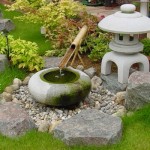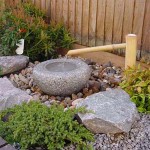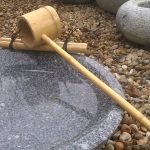How Do I Set up a drilled water feature
Step 1
Start by choosing the right location. Ideally, the feature should be seen from a deck, patio, or window. You will need a minimum of one square meter for the feature.
Step 2
Dig a suitably sized hole for the water tank. Ensure that is it level. Profile the soil around the tank forming a shallow basin with the tank at the lowest point.
Step 3
Lay the piece of liner over the tank leaving a ‘skirt’ all the way around. Cut a letter box slot in the liner directly over the centre of the tank. Put the pump in the tank and connect it to the bamboo water spout hose. Make it just big enough to get the pump through.
Step 4
Put the pump into the tank and connect the hose pipe. Take the eelctrical cables out of the tank for connection to the power supply.
Step 5
Set the drilled water feature(s) on the liner. Place them on timber blocks so that the hosepipe passes freely underneath. Push the hose pipe into the drilled water feature and all the way up to the top.
Step 6
Fill the tank with water. Swith the pump on and observe the flow of water. All the water should be returning to the tank and none should be escaping the liner.
Step 7
Place the lid over the reservoir. Cover the liner with cobbles, paddlestones or silver grey zen gravel. .
Step 8
Place additional rocks around the feature and use plants outside of the liner to complete the arrangement.
T
Trouble shooting
- If you have to top the tank up frequently then check that the water is not escaping the liner.
- If the water does not flow check that there is sufficient water in the reservoir.
- If the pump does not work, switch off the power and check the impeller is free of debris.
- If still in doubt, please contact us by phone 01622 872403 or by email info@rhinorock.co.uk
For a downloadable copy please click here – how to.. set up a drilled water feature pdf



